How to Start a Rolling Paper Business in 2025 (Step-by-Step) 🚀

Everything you need: niche, sourcing, costs, packaging, compliance, Shopify setup, marketing, and scale—without fluff.
Thinking about turning your idea into a real brand but not sure how to start a rolling paper business in 2025? You’re in the right place. This friendly, step-by-step guide walks you from zero to launch—picking a niche and paper specs, locking in compliant packaging, understanding HS codes and certifications, running a quick supplier scorecard, dialing unit economics that actually profit, and setting up a clean Shopify store that converts. We’ll top it off with a 10-day validation sprint, creator seeding tactics, and plug-and-play checklists so you can move fast without rookie mistakes. No fluff, just practical moves you can use today. Let’s build something you’re proud of. 🚀✨
Quick Answer ✅
How to start a rolling paper business: pick a clear niche, sample papers, lock specs, validate pricing with a simple landing page, secure a manufacturer, design compliant packaging, set up Shopify with fast checkout, and drive first sales via creator seeding + micro-influencers + SEO content. Start small, measure everything, then scale what works.
Pick Your Niche & Story 🎯
Brands that win know exactly who they serve and why their paper exists. Your niche informs your paper weight, finish, flavors/aromas (if any), booklet size, packaging art, and price point.
Niche ideas
- Eco-first: FSC-sourced, unbleached look, minimal inks, recycled outer box.
- Design-led: collabs with artists, limited drops, premium finishes (foil/emboss).
- Flavor/aroma experiences: subtle, food-grade compliant accents.
- Travel-friendly: compact booklets, tips inside, protective wrap.
Brand worksheet (2 minutes)
- Audience: who buys first? (age band, vibe, interests)
- Promise: what do they get that’s hard to find elsewhere?
- Proof: materials, certifications, craftsmanship, reviews.
- Personality: three words (e.g., “clean, clever, playful”).
Choose Rolling Paper Formats & Specs 📐
Decide what you’ll sell first. Don’t over-SKU at launch; nail 1–2 hero formats.
Popular formats (start here)
- Booklets: e.g., 1¼, Kingsize. Options: with/without tips.
- Cones: ready-to-fill cones in standard sizes.
- Rolls: continuous rolls ≤5 cm width.
Material choices
- Classic wood-pulp blends (weight often 12–18 gsm).
- Alternative fibers (e.g., rice, flax). Keep finish consistent across batches.
Spec lock checklist
- GSM range, sheet size, finish (uncoated vs. light sizing), watermark yes/no.
- Glue line composition (food-safe), width consistency, adhesion test.
- Flavor/aroma compliance (if used), migration/odor tests.
Compliance, HS Codes & Sustainability ♻️
Classify products correctly for import/export, and be honest in environmental claims.
Helpful tariff classifications
-
Booklets / tubes: HTS/HS
4813.10. -
Rolls ≤ 5 cm width: HTS/HS
4813.20.
Note: Confirm the exact code with your customs broker—product details matter by country.
Sustainability signals that actually matter
- FSC sourcing and/or chain-of-custody for paper and packaging claims.
- Recycled outers, soy/vegetable inks, minimal coatings.
- Transparent traceability (QR lot info, mill origin, batch date).
Claims checklist
- Only claim what you can verify (cert IDs, lab docs on file).
- Keep a compliance folder: invoices, certs, test reports, die-lines, sign-offs.
Sourcing & Supplier Scorecard 🤝
Shortlist 3–5 manufacturers. Order sample packs and run the same tests on all of them.
Scorecard (rate 1–5)
- Paper quality consistency (weight, feel, burn evenness).
- Glue line consistency and adhesion.
- Print fidelity (registration, dot-gain, color match), finishing (emboss/foil).
- Lead time, MOQs, capacity, defect handling, warranty.
- Certifications (FSC), documentation quality, responsiveness.
- Pricing transparency (tooling, plate fees, freight, duties).
Sampling protocol
- Blind test: label samples A/B/C; gather 5+ user ratings.
- Stress test: humidity exposure 24–48h; check curl/adhesion.
- Packaging test: drop-test outer cartons; inspect corners.
Unit Economics & Pricing 💸
Know your margins before you print a single booklet.
COGS template per booklet (example)
- Paper + print + glue line: $0.22
- Outer booklet + finishing: $0.08
- Assembly/packing/QC: $0.06
- Freight + duty (landed): $0.07
- Total COGS: $0.43
Pricing model
- DTC: $1.99–$2.99 → 4.6–6.9× markup.
- Wholesale: $0.95–$1.50 → ~2.2–3.5× on COGS.
Break-even mini-calc
If fixed launch costs are $2,500 (design, samples, first plates, store theme), and contribution per unit is $1.30, you need ~1,924 units to break even. Track this in a simple spreadsheet.
Design, Packaging & Barcodes 🎨
Packaging is your billboard. Make it memorable and retail-ready.
Art & finishing options
- Matte or soft-touch outer, spot UV, foil stamp, emboss/deboss.
- Watermark pattern inside sheets for brand flair.
- Security: microtext, hologram sticker, variable QR for authenticity.
Retail readiness
- GS1 barcodes (EAN/UPC) per SKU; master carton barcodes.
- Clear variant naming (size, sheet count, with/without tips).
- Display boxes that self-present on shelves.
File-prep checklist
- Die-line with 3 mm bleed; vector logos; CMYK; 300 DPI linked images.
- Expand strokes; outline fonts; label layers; Pantone notes.
- Approval stages: PDF soft proof → hard proof → mass run.
Operations & Quality Control
Pre-production
- Pilot run (500–2,000 units) to measure defect rate and real lead time.
- Glue adhesion, sheet cut, and booklet fold accuracy checks.
In-line QC
- AQL sampling per batch (e.g., 1.5–2.5), defect log, photo evidence.
- Random humidity & temperature exposure tests per lot.
Post-arrival
- Count & inspect 2% of cartons; isolate defects; file claim windows.
- FIFO by lot/expiry (if flavors/aromas are present).
Sales Channels: DTC + Wholesale 🛒
DTC (Shopify) must-haves
- Fast theme, 2-click checkout, shop pay/express options.
- Variant selector with size guide and spec bullets above the fold.
- UGC carousel, trust badges, clear shipping/returns.
Wholesale
- MOQ tiers with price breaks; pre-packed displays; PDF line sheet.
- Distributor margin math (~20–35%); MAP policy; reorder cadence.
- Samples-on-request flow; net terms via reputable providers.
Sampling strategy
- Seed 50 micro-creators (2–20k followers) with unique codes.
- Include a “first-order wins” card → turns content into trackable sales.
Marketing Engine & Content Playbook 📣
Evergreen content pillars
- “How-to” education (rolling paper sizes, tips vs. no tips, storage best practices).
- Behind-the-scenes (materials, finishing, packaging design).
- Collab drops with artists/brands (limited runs, serialized QR).
SEO quick wins
- Cluster around: rolling paper sizes, booklet vs. cones, paper weight guides.
- Add FAQ schema (like below) + internal links to your hero SKUs.
Email/SMS
- Welcome series: brand story → best-seller → social proof → offer.
- Post-purchase: care tips → review request → referral code.
10-Day Validation Sprint ⏱️
- Day 1–2: Pick niche + finalize story. Reserve brand name/domain.
- Day 3: Build a one-page Shopify (password-protected) with preorder.
- Day 4: Order sample packs; start creator outreach (50 DMs).
- Day 5–6: Run $100 test ads on audiences that match your niche.
- Day 7: Post 3 short videos + 3 carousels; collect email signups.
- Day 8: Blind test samples with 10 users; choose the winning spec.
- Day 9: Lock packaging art; request pre-production proof.
- Day 10: Announce drop date; collect preorders; turn on waitlist.
Common Mistakes to Avoid ⚠️
- Launching with 8+ SKUs instead of 1–2 heroes.
- Skipping barcode setup → retail delays.
- Overpromising eco claims without documentation.
- Ignoring unit economics (tooling, freight, duties).
- Zero plan for creator seeding or UGC.
Our Rolling Paper: Built for Brand Builders ✨
Ready to launch fast? Our Rolling Paper is crafted for crisp, even performance and consistent quality across batches. Expect clean sheet cuts, reliable glue adhesion, gorgeous finishing options (foil, emboss, matte/soft-touch), and packaging built for retail. We offer low MOQs, clear timelines, and a painless proof-to-production workflow. Want to feel it first? Ask for a sample pack and compare weight, texture, and fold—side by side. Your brand, your way. 💥
FAQ ❓
1) What’s the minimum budget to start?
Lean launches can start around $2,500–$5,000 including samples, first run, Shopify, and media. Larger first runs reduce unit cost but raise risk—validate demand first.
2) What MOQs should I expect?
Typical MOQs range from 100–5,000 booklets per SKU, depending on finishing and supplier capacity. Cones often carry higher MOQs than booklets.
3) How do I pick the right paper weight (GSM)?
Lighter papers feel refined but require tighter QC; mid-weights are forgiving and consistent for first-time brands. Order samples and run blind user tests.
4) Can I sell wholesale and DTC at the same time?
Yes—set clear price ladders and MAP policies. Keep a couple of SKUs exclusive to wholesale to keep partners excited.
5) Do I need barcodes?
Yes. Use GS1 barcodes for retail and fulfillment. Assign one per SKU and another for master cartons.
6) Which HS codes apply?
Commonly: 4813.10 for booklets/tubes and 4813.20 for rolls ≤ 5 cm width. Always confirm with your customs broker.
7) How fast can I launch?
If you already have a niche and art direction, a focused team can move from samples to first sale in 30–60 days. The 10-day sprint above jump-starts validation.
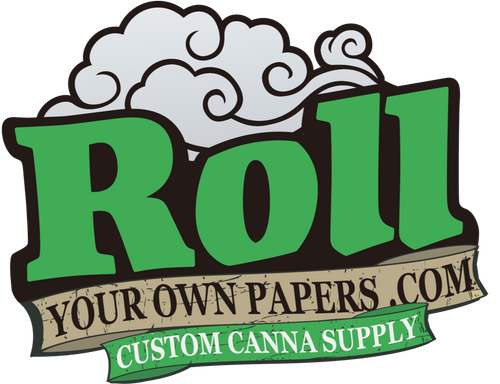
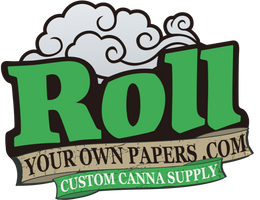
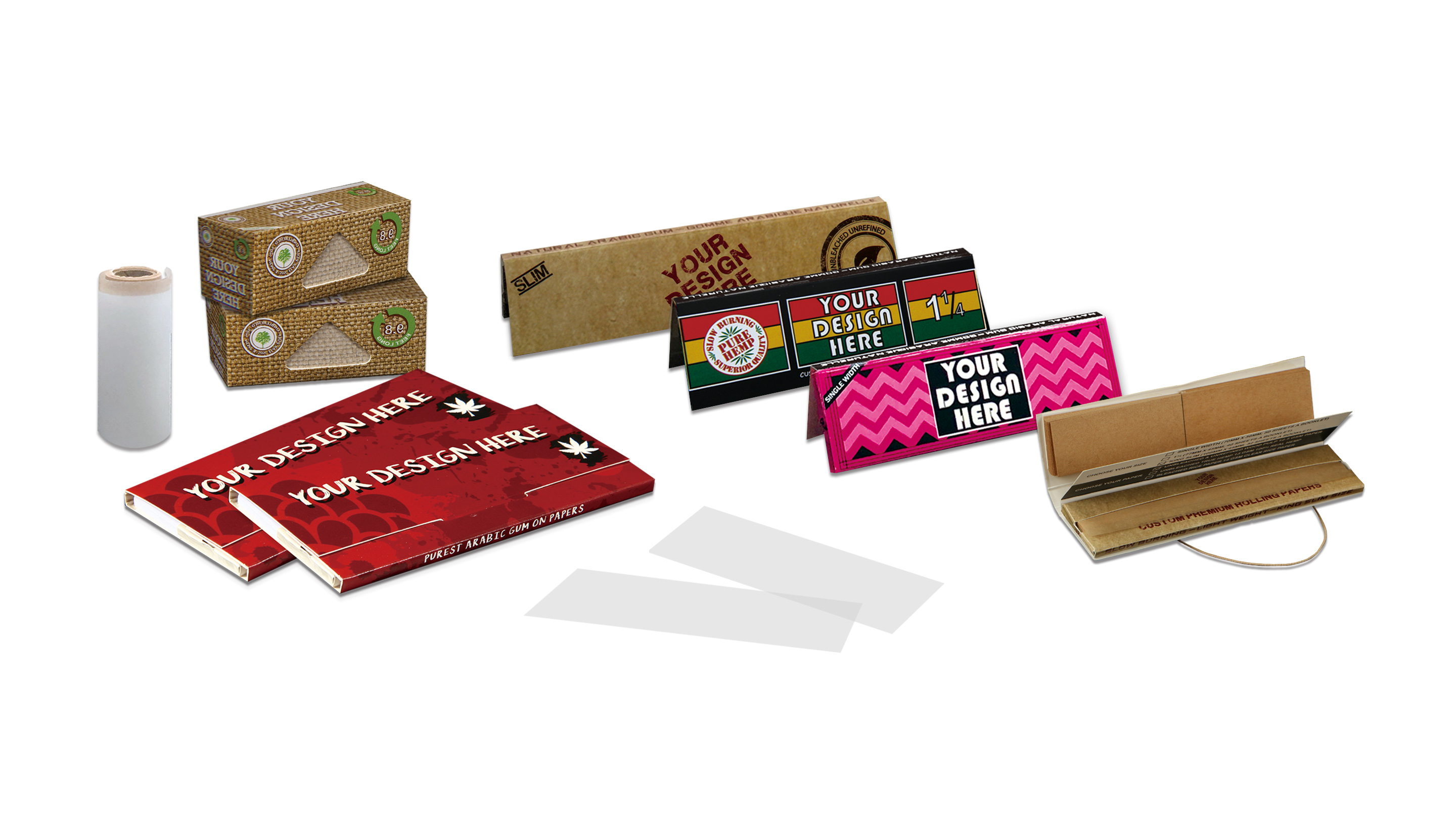
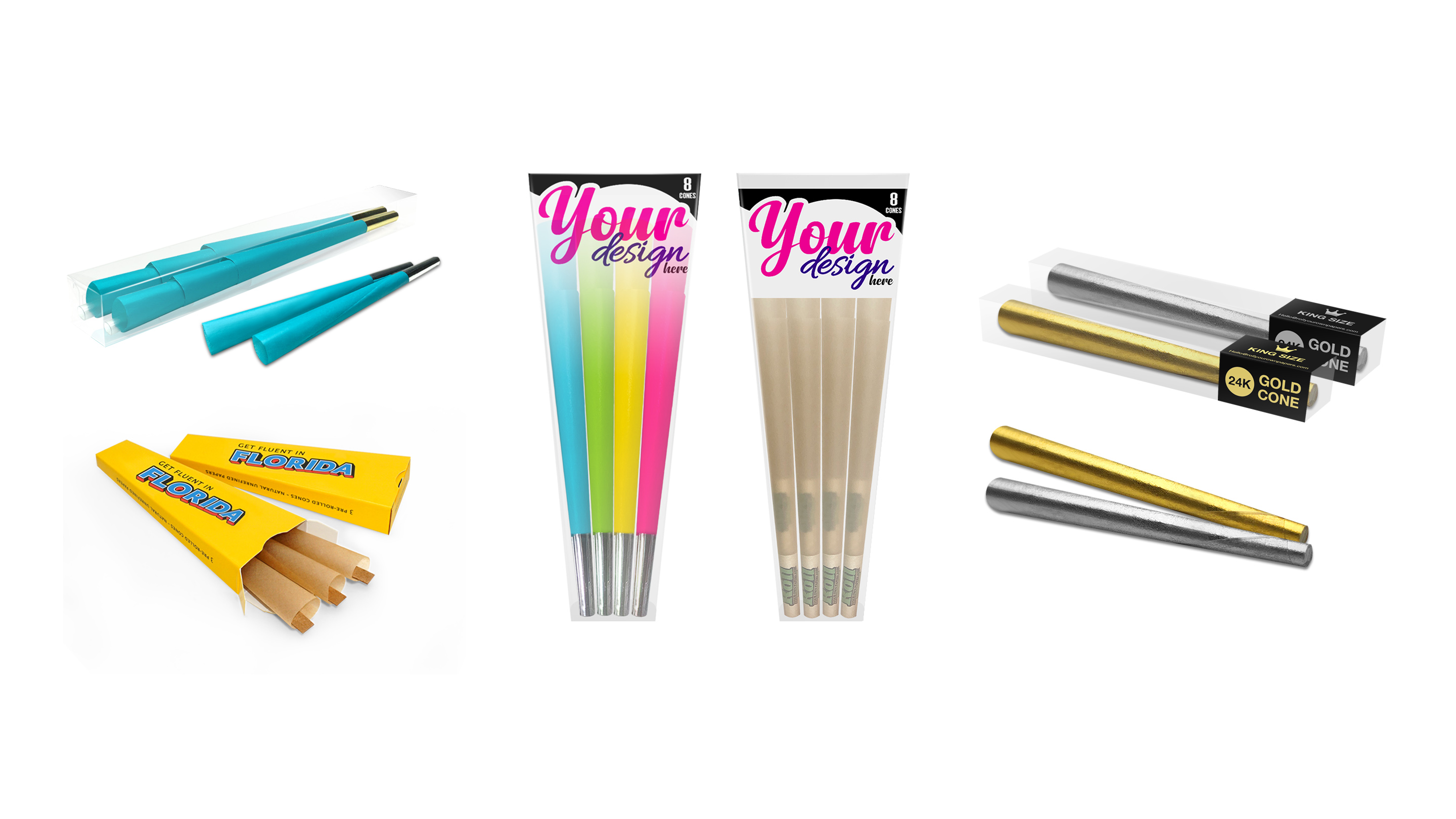
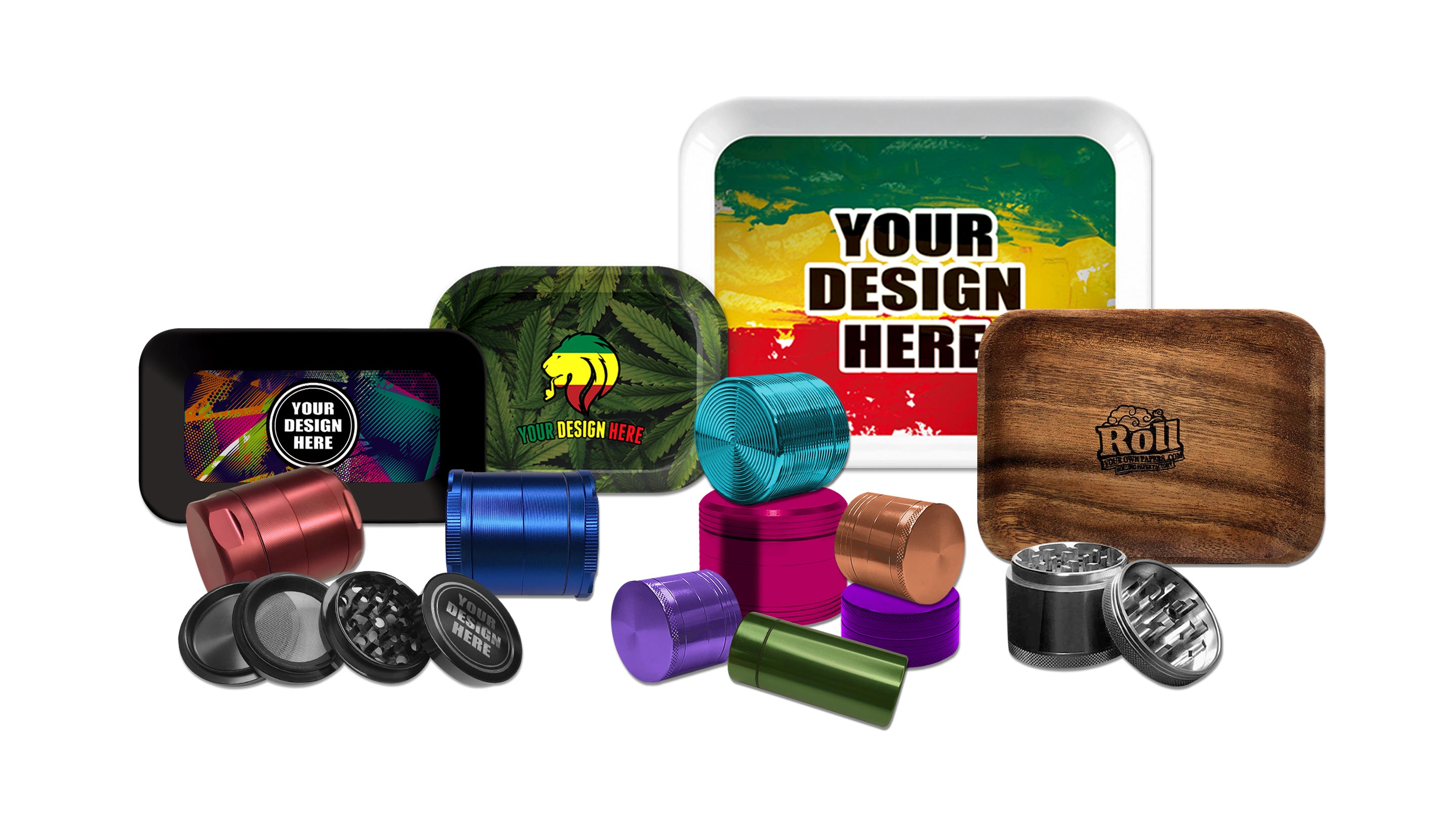
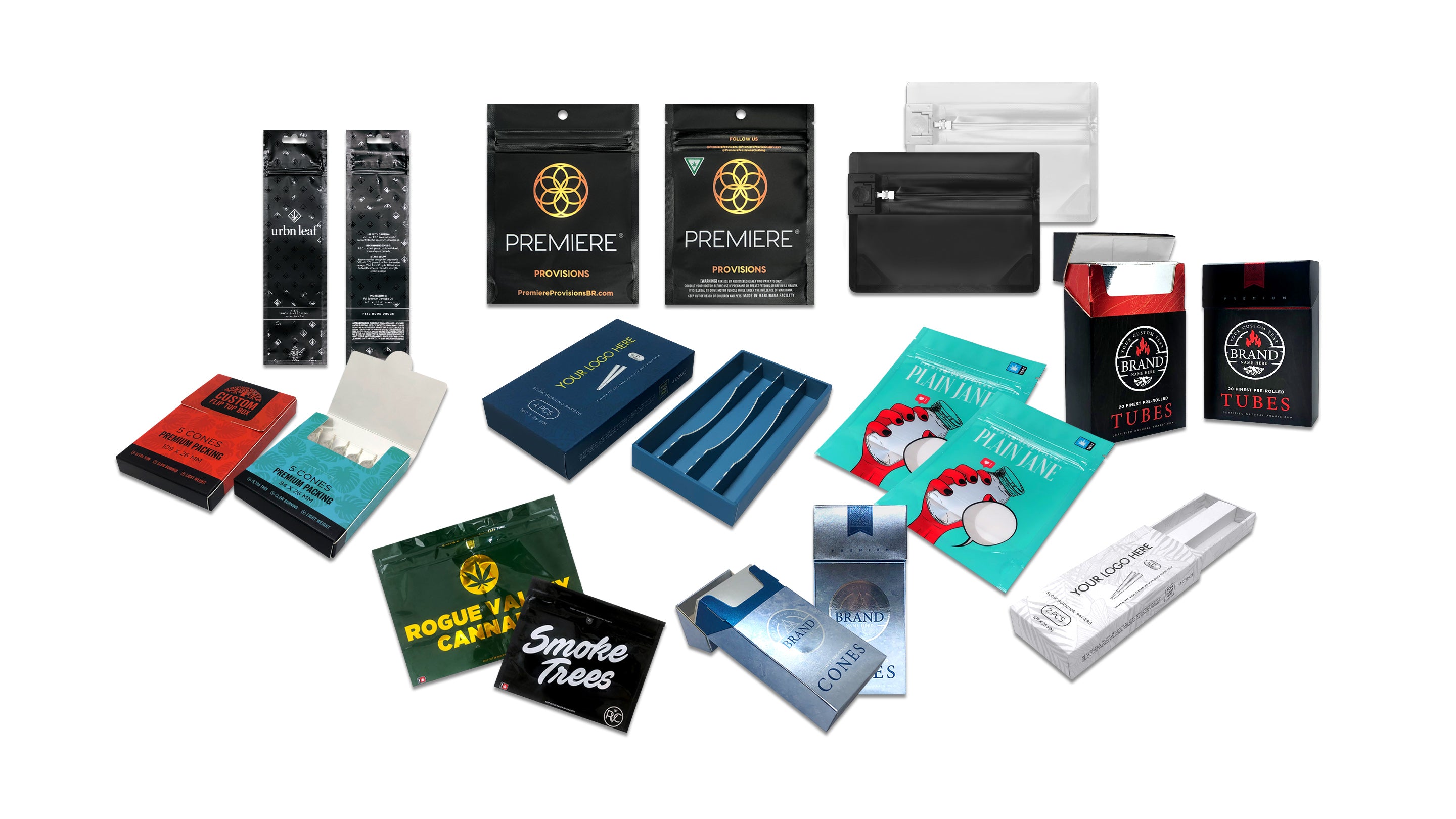
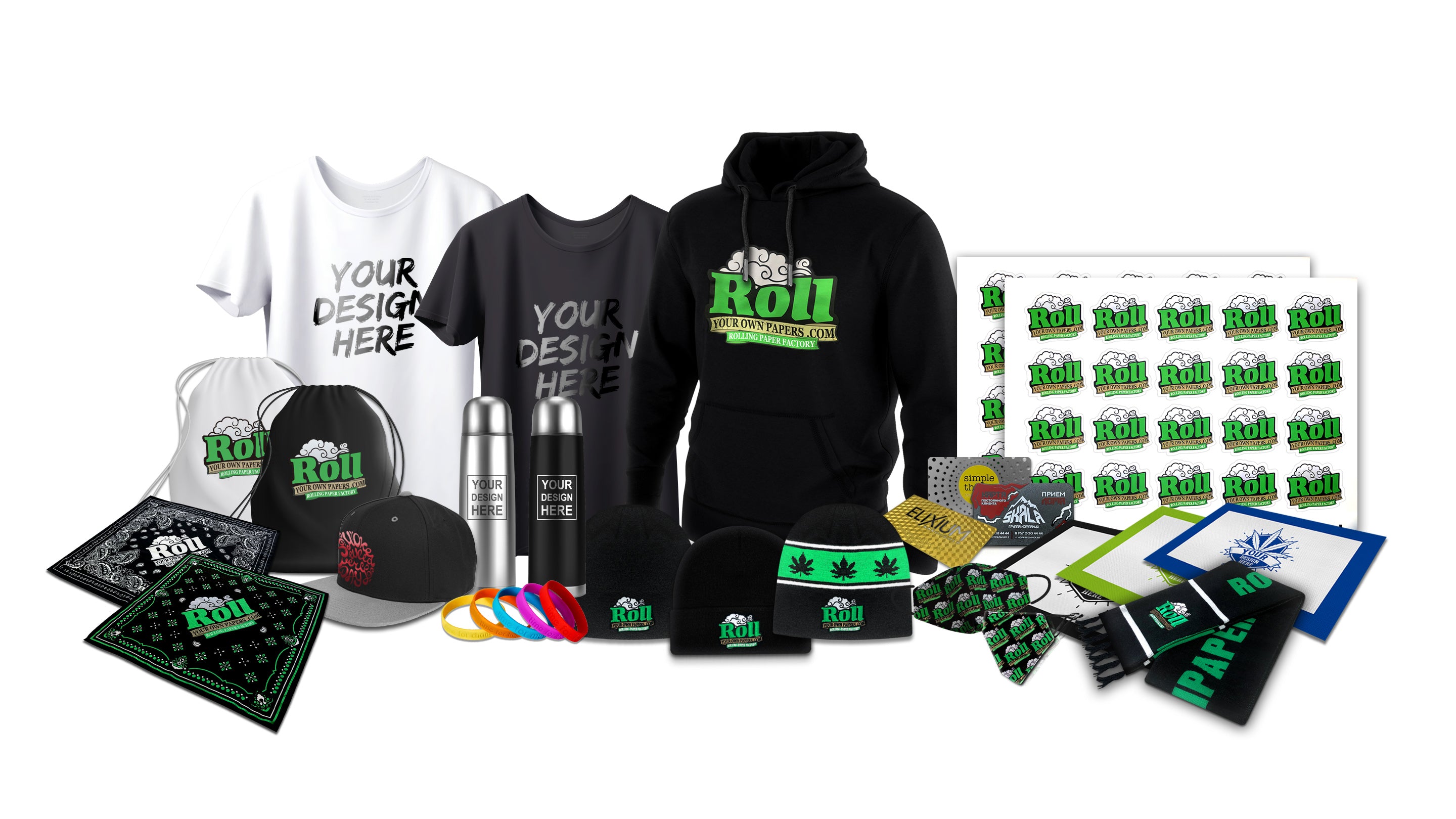
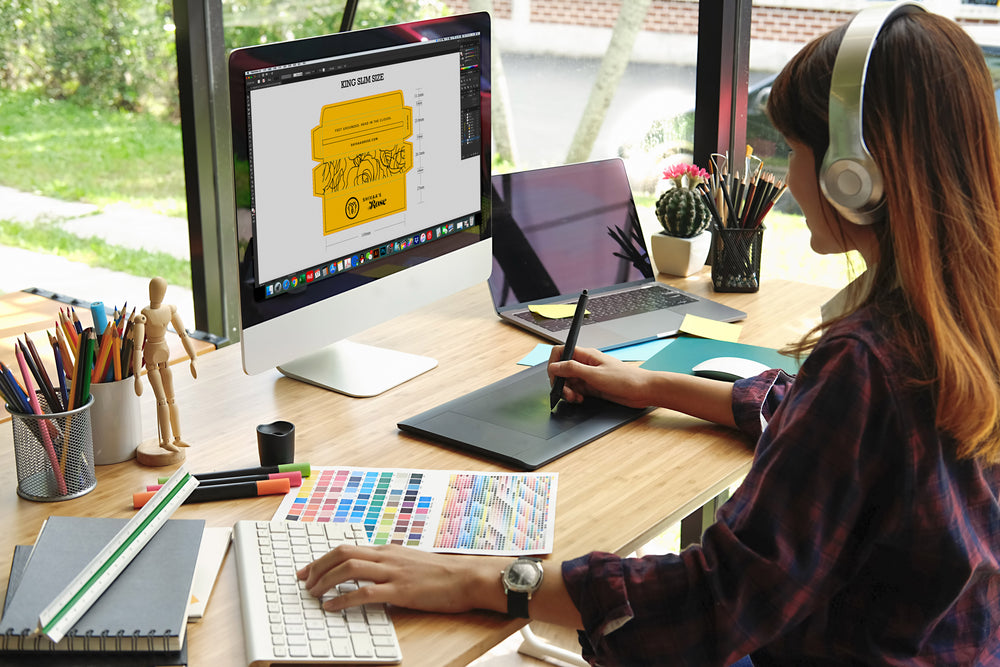



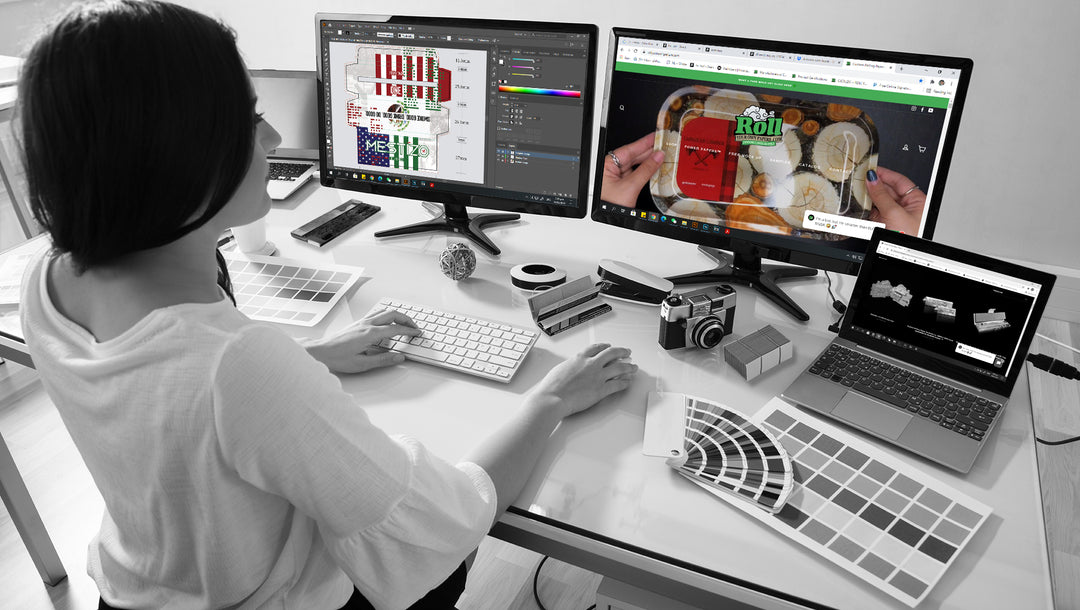
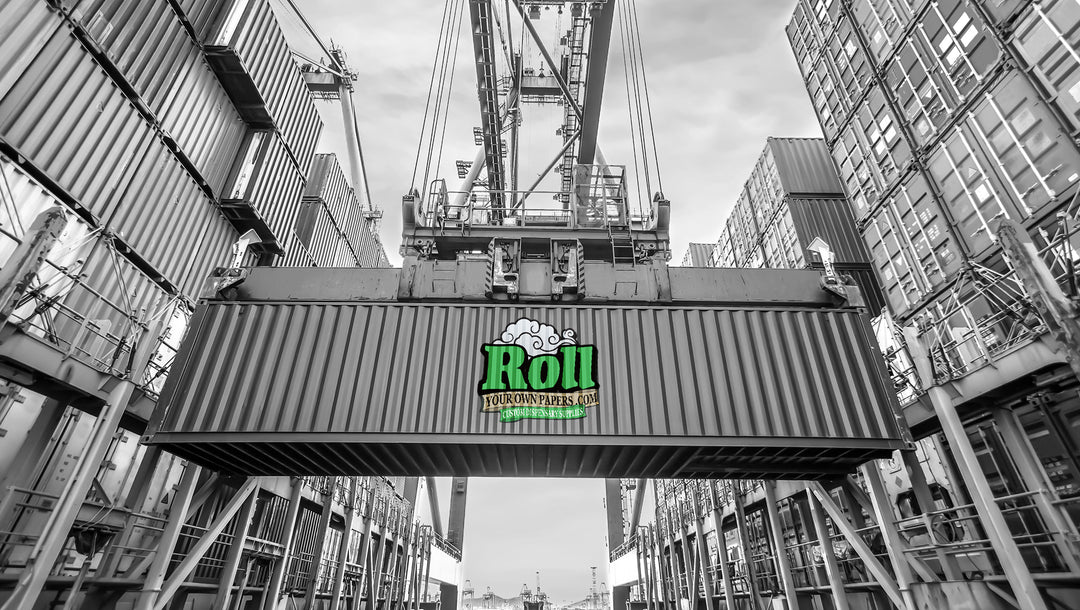
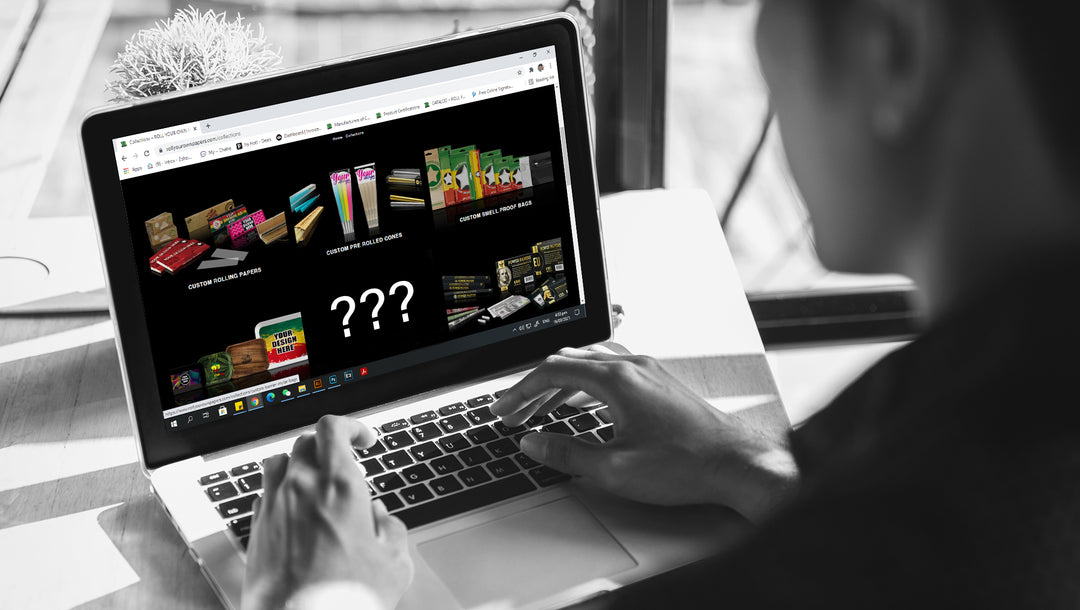
Leave a comment